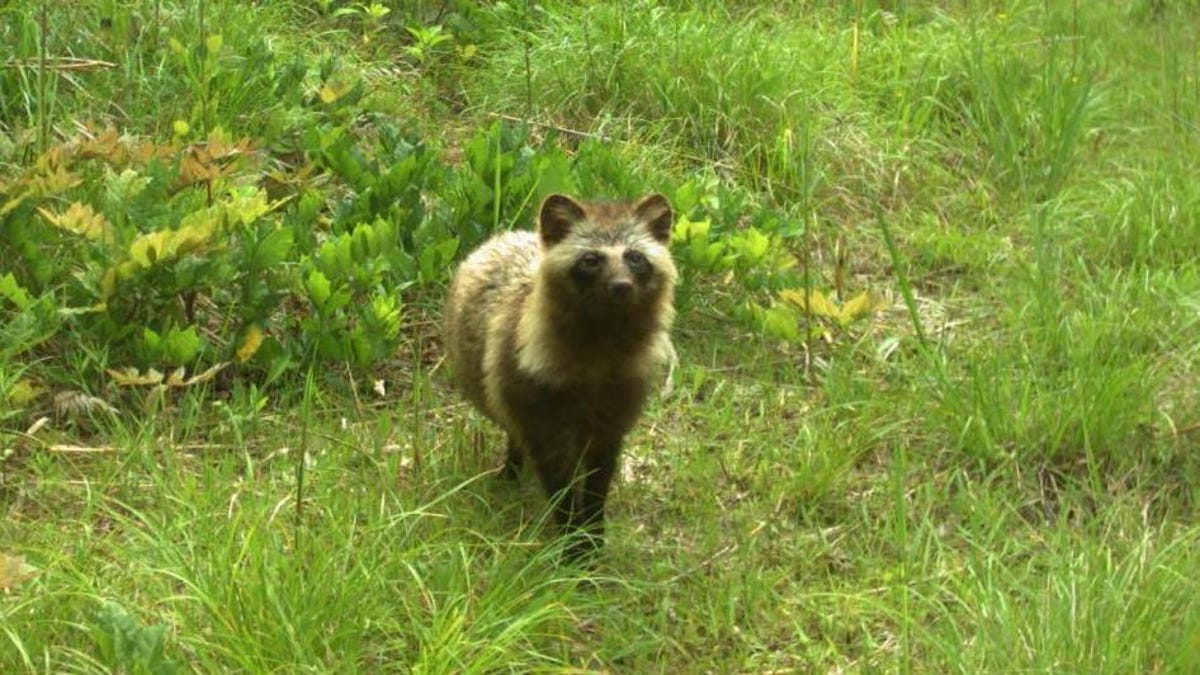Fukushima nuclear disaster evacuation zone now teems with wildlife
Wild boar, foxes, raccoon dogs and rabbits appear to be thriving in a part of Japan where humans dare not live.
The Fukushima nuclear disaster unfolded in Japan in 2011 when reactors at the Daiichi Power Planet melted down. Over 160,000 people evacuated, leaving behind a region intensely contaminated with radiation. Now a study led by researchers at the University of Georgia shows wild animals have taken over in zones where humans no longer live.
Wild boar are especially abundant in areas where humans no longer live.
The team analyzed thousands of wildlife photos captured at 106 camera sites located in three zones, two of which humans are excluded or restricted from due to high and intermediate levels of contamination. Humans are allowed in the third zone, which has low levels of background radiation.
The cameras revealed a wide variety of wildlife, from foxes to macaques to wild boar and raccoon dogs.
"Our results represent the first evidence that numerous species of wildlife are now abundant throughout the Fukushima Evacuation Zone, despite the presence of radiological contamination," said UGA wildlife biologist James Beasley.
The researchers focused on populations and didn't make assessments about the health of the animals as impacted by the radiation in the area. The team published the study, "Rewilding of Fukushima's human evacuation zone," on Monday in the journal Frontiers in Ecology and the Environment.
The study indicates that animals that tend to be in conflict with humans are thriving now that humans are out of the way. The team logged 26,000 images of wild boar in the uninhabited zone, 13,000 in the restricted zone and just 7,000 in the zone still inhabited by humans.
"Based on these analyses, our results show that level of human activity, elevation and habitat type were the primary factors influencing the abundance of the species evaluated, rather than radiation levels," said study co-author Thomas Hinton, a professor at the Institute of Environmental Radioactivity at Fukushima University.
For more on the legacy of the nuclear disaster, read about CNET's visit to Fukushima a year ago to assess the cleanup and, among other things, how robots are contributing to the process.


